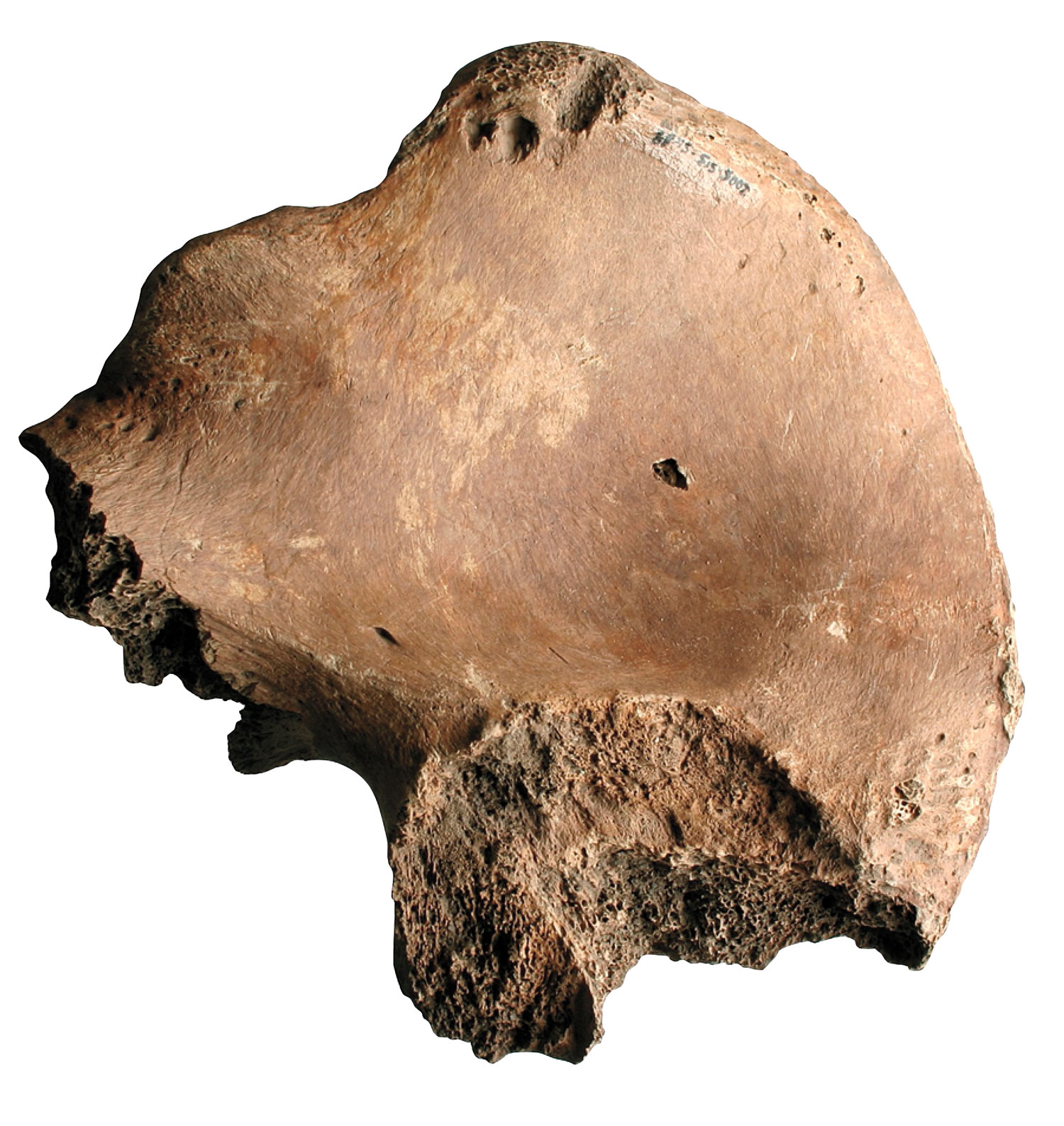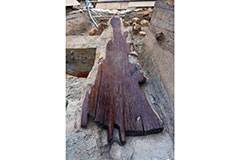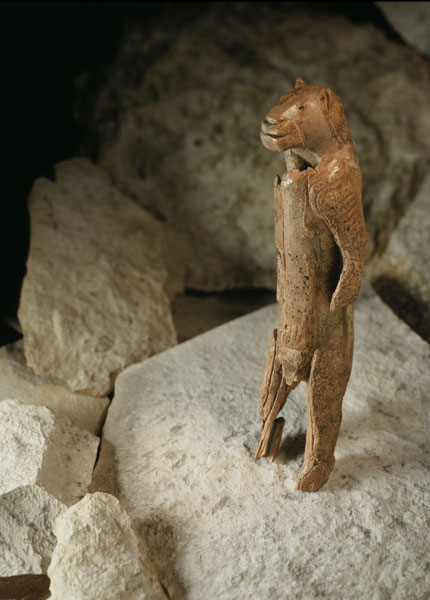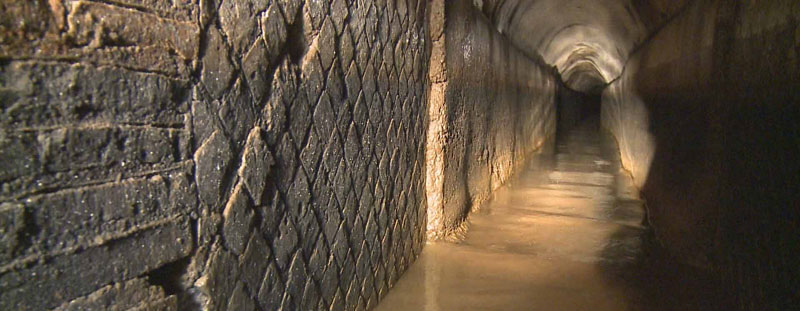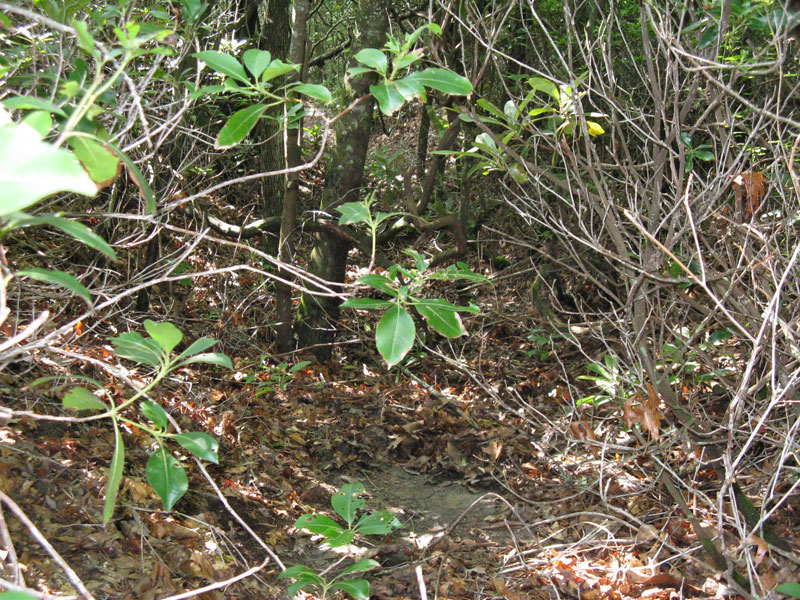
OMAN

OMAN: It's often thought that modern humans emerged from Africa through the Arabian Peninsula by hugging its shores, which may have protected them from swings in climate. However, 100,000-year-old stone tools found in the Dhofar Mountains suggest that some people traveled over the now arid—though once wet—interior. The find adds another layer of complexity and understanding to the path that modern humans took on their way around the world.
Related Content

SWITZERLAND

SWITZERLAND: High-end Swiss watchmaker Hublot has created a wrist-mounted version of the Antikythera Mechanism, the mysterious 2,000-yearold astronomical machine recovered from a Greek shipwreck in 1901. It contains 495 precision elements in a 3x4-centimeter package. The manufacturers claim that it is the first watch inspired by an archaeological finding. Would a wrist-mounted sundial count?
Related Content

PAPUA NEW GUINEA

PAPUA NEW GUINEA: The seafaring Lapita, who settled the South Pacific more than 3,000 years ago, were not thought to have lived in Papua New Guinea. Findings from a new dig there have overturned that idea. The remains of several villages, including stone tools, shell ornaments, and thousands of pottery fragments have been discovered. The site is both unusually deep—including pre- and post-Lapita sequences—and perhaps the largest Lapita landscape yet discovered. According to researchers, the site opens a whole new chapter in Pacific history.

ENGLAND

ENGLAND: Using stable isotope analysis, researchers examined remains of infants from the crypt at Christ Church in Spitalfields, London, to study breastfeeding in the 18th and 19th centuries. They found that prolonged breastfeeding was common in the 19th century among this relatively well-off population, which does not necessarily agree with the idea that more women were entering the workforce at the time as a result of industrialization. The breastfeeding mothers of these infants may have had the means to hire wet nurses—or they may have been homebound due to an economic downturn.
Related Content

PAKISTAN

PAKISTAN: 4,500-year-old Indus city of Harappa is thought to have been relatively peaceful. A new analysis of human remains excavated at the site found that while the overall level of violence in the city was on the low side for a statelevel society, it was not evenly distributed. Some communities endured much higher levels of trauma, inflicted on women in particular, suggesting a potentially brutal social hierarchy.
Related Content

GRENADA

GRENADA: People on the tiny island of Carriacou may have feasted on animals imported from South America over 1,000 years ago. Remains of South American animals, including piglike peccaries, armadillos, and guinea pigs—none of which are native to the island today—were excavated from prehistoric middens. The find suggests regular contact between natives and people on other islands and the mainland, but because the bones are scarce, archaeologists think only a select, high-status few got to eat these exotic treats.

JAPAN

JAPAN: An excavation at a train yard in Dazaifu has revealed the remains of two large, prestigious buildings, as well as expensive eating utensils and pottery. The finds, including tin and copper alloy spoons, Chinese and Korean pots, and Nara tricolored ware (the finest tableware in Japan at the time), date to the 8th and 9th centuries. The assemblage appears to identify the site as a diplomatic facility, mentioned in ancient documents, that housed and fed envoys from China and Korea.
Related Content

TEXAS

TEXAS: The last issue of Archaeology detailed sites at risk (Top Ten Discoveries of 2011"), including those exposed by the drought in Texas. In addition to wrecks and human remains, receding waterlines revealed a mysterious 4-foot aluminum sphere. NASA officials confirmed that it was a fuel-cell tank from the space shuttle Columbia, which was destroyed during reentry in 2003. Along with other remains from the shuttle, it can teach us something about the effects of high-speed atmospheric reentry.







